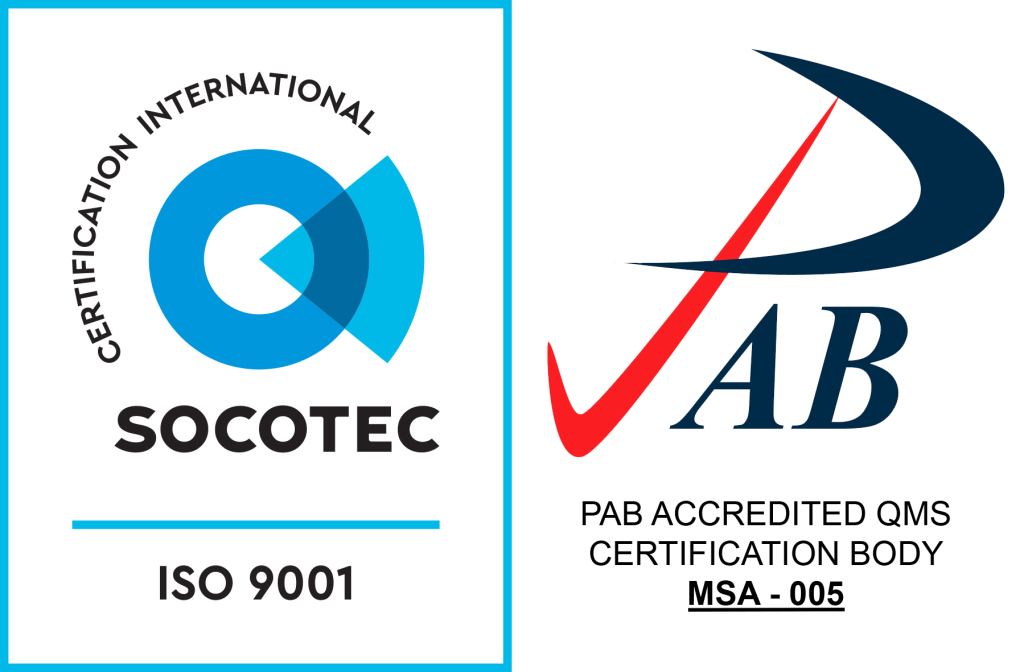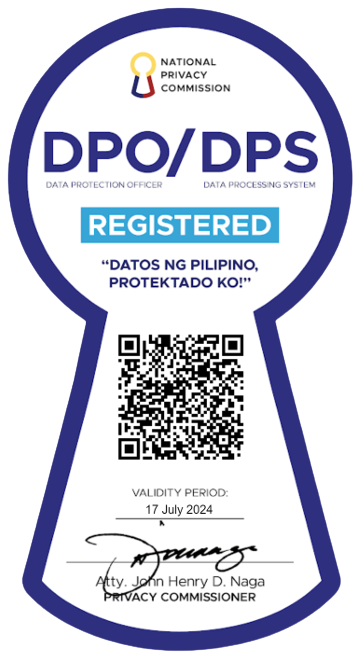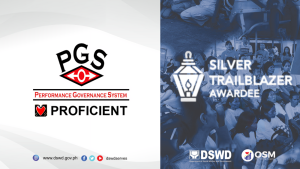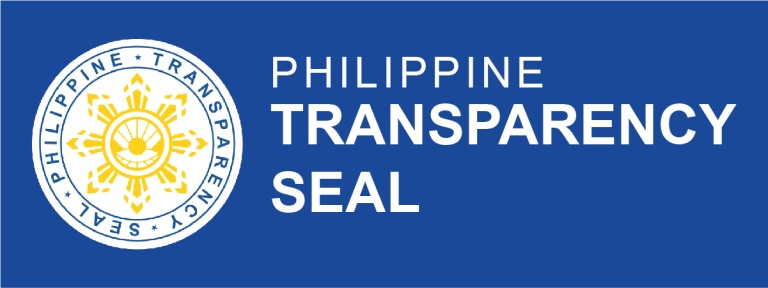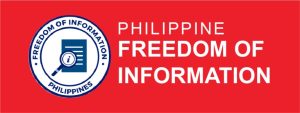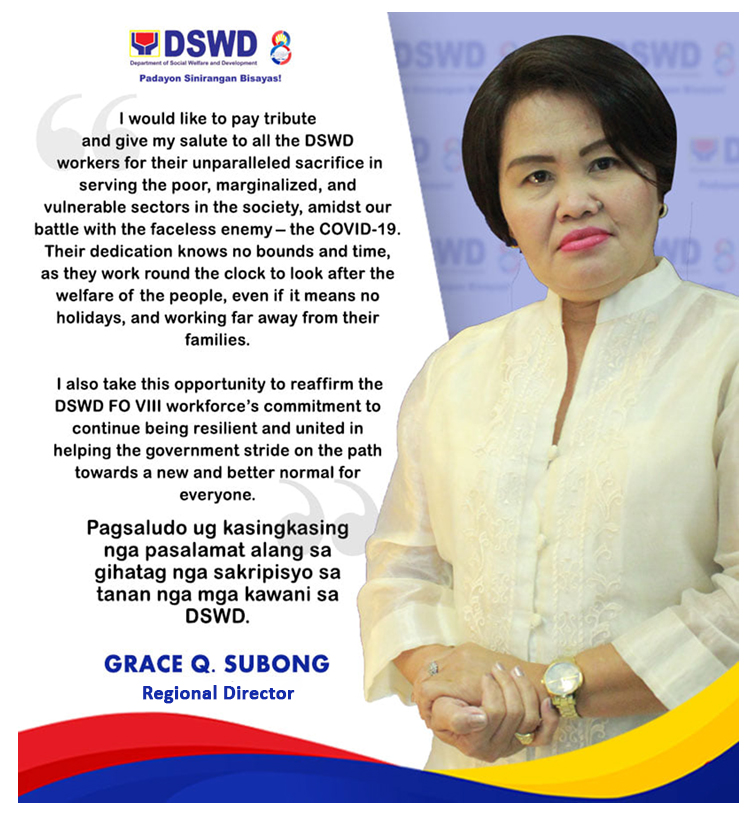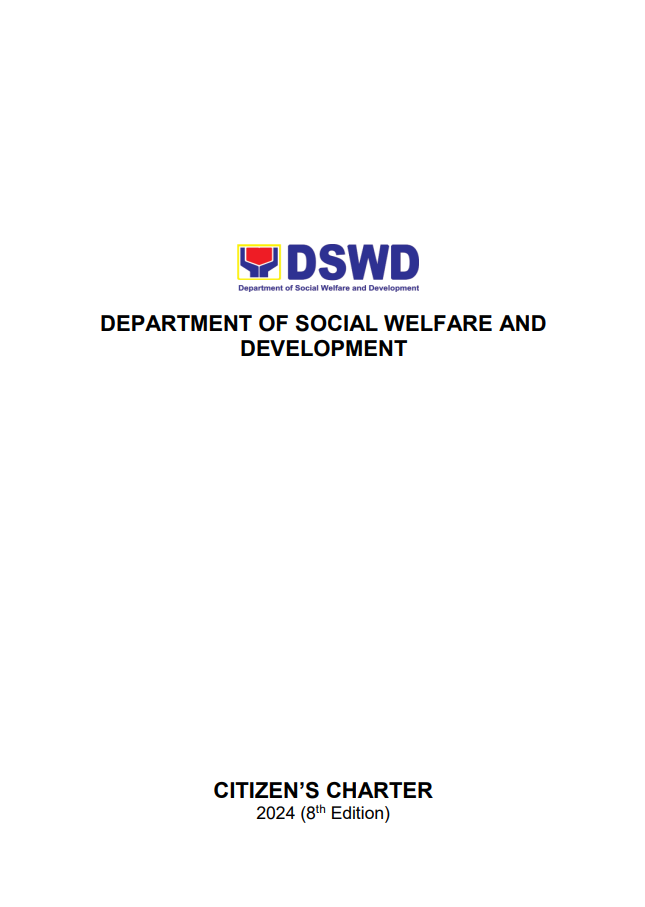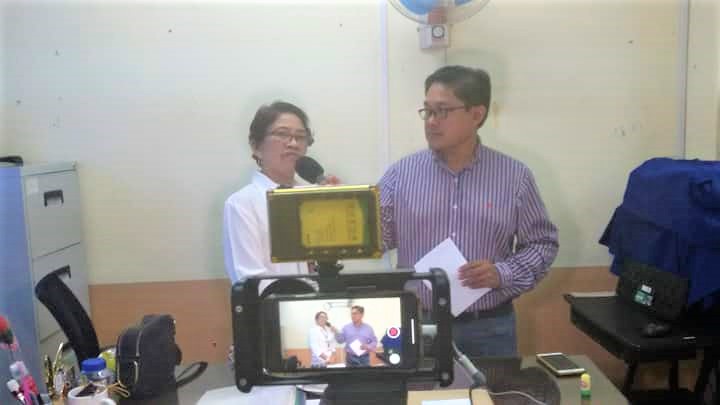Outgoing Policy and Plans Division Chief, Yvonne Serrano – Abonales of the DSWD Field Office VIII, announces in a media interview today, that enumerators of the Listahanan should now submit their outputs to facilitate payment of their salaries.
Division Chief Abonales issued this statement in her last working day today resulting from retirement after 41 years of working with the agency.
She said that these enumerators know very well of their obligations. There were Household Assessment Forms (HAFs) which were returned to them as such were erroneous, and were needed to be fixed to be able to come up with a reliable database of poor households in the region.
The DSWD official explained that the enumerator’s work is quota-based. If the output has errors, it is not acceptable by the system installed in the computer, she emphasized.
The HAF containing 52 indicators is being used in the household assessment under the agency’s Listahanan or the National Household System for Poverty Reduction (NHTS-PR), currently on its third round nationwide. This is conducted every three years.
There were eight batches of enumerators hired in November of last year, all 1,100 of them in the region, Division Chief Abonales revealed.
Others have not received their salaries on time as they submitted the outputs beyond the closing of financial transactions or on December 23 of last year; hence, these became “accounts payable.”
For those under “accounts payable” transactions, Listahanan field workers are advised to wait a little longer as the Authority to Pay just came out March 1 of this year.
“DSWD-hired enumerators conduct household interviews to gather basic and socio-economic information through a standardized questionnaire called the Household Assessment Form (HAF), which is then processed through a proxy means test (PMT) that estimates family income and compares it to the provincial poverty threshold.
Listahanan is an information management system that employs geographic targeting, household assessment, and validation in order to provide national government agencies, development partners, and other social protection actors with information on who and where the poor are in the Philippines. This information is then used for the identification and selection of potential beneficiaries for various poverty alleviation and social protection programs.”
